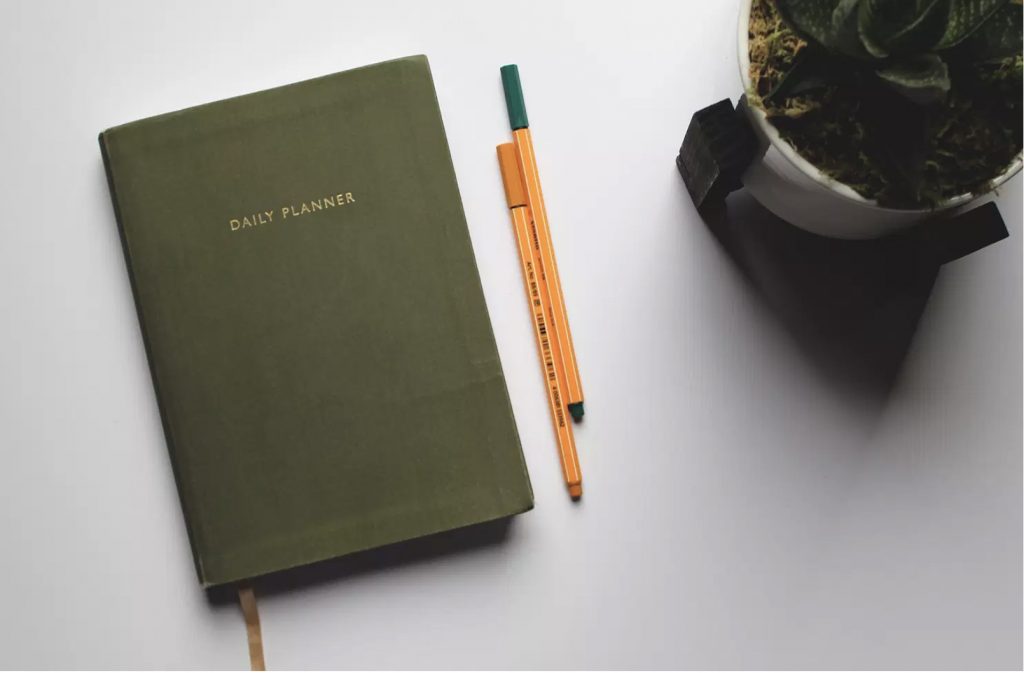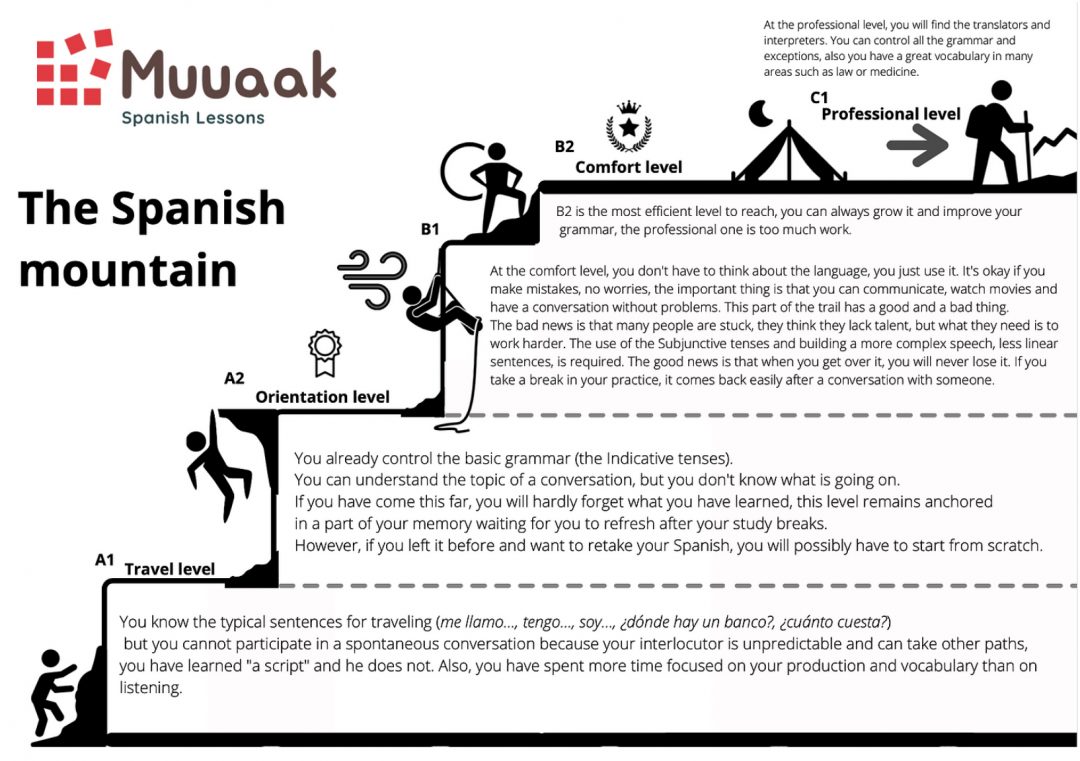Although motivation can help you start your journey, what keeps you on your way is the habit you develop. Learning a language is more of a habit, it requires commitment and is made up of three essential parts: a trigger that reminds you to study, a routine to automate with a set daily or weekly time, and a final reward for when you’re done. For example, the trigger can be a reminder on your mobile or a language planner section in your agenda where you must cross out each completed session. The routine is the schedule that you have deliberately established and that you are going to adhere to until your brain automates it. The reward is what you will do in the end and it gives you pleasure, this could be watching a chapter of your favorite series, this is what tells your brain that it’s worth continuing to do so!

And how much time for studying do you schedule a week?
It depends on your goals. At least, you should plan:
A time for classes, where you should make the most of it to practice your conversation with a native speaker for one to two weekly sessions.
A personal study time, with grammar exercises, organizing your notebook and memorizing your “gold list”, at least once or twice a week.
A time of contact, watching series, social networks, reading, music in Spanish for a few minutes daily! While you have breakfast, while waiting in line, when you go to the bathroom, you’re on the subway … Look for hashtags in Spanish with your interests on Pinterest, Instagram and Twitter for those “downtime” during the day and get into the habit of “doing searches” in Spanish.
Of course you can advance by taking only one hour of class a week, but very slowly, and the worst thing: you will be demotivated, because the vocabulary list that your teacher pointed out to you or the new grammar topic that you saw Monday before you have already forgotten the following week. In my opinion, active and intense learning over time with rest periods is more effective.
It is also important that you remember that the teacher is like a doctor, not the medicine. He will tell you what you need, he is a guide, but you are the one who must apply the solutions and make your way. Or in other words, the teacher doesn’t have a magic wand for you to learn, it’s all up to you. “And then what does the teacher do?” He gives you the pieces and instructions for you to build your Spanish.





